In today’s world, we are overloaded with information. Whether it comes from our phones or our computers we have mass amounts of information at our fingertips. This can be overwhelming for us. It is hard for us to tell what the validity of it all is. This leads to us trusting almost all of the data we see. This leaves a question, how do we tell what is fact and what is not? Teachers have to deal with this when having students research information. The easiest way to get them to tell what’s fact and what is not is by having a checklist of “good sources”. This is the false conception that says .org sites are always good. This isn’t always the case. Brilee Weaver offers ideas on how to fix this false notion. She offers ideas such as reading laterally, not horizontally, and to not fall for appearances such as .org sites. So how does this all apply to a history classroom? History is all about sources. Numerous ideas and resources have been written to help explain what happened in history and why it happened. It can be overwhelming when you are looking at them all. This is why you use the advice that Weaver suggests. When you see an article just skim over it and look deeper into it. You do this to not fall into the trap of falling for appearances. When students read horizontally not laterally they can dig deeper into unknown places. They should start to look at sources they have never explored before going to ones they know. When they do this it can offer as a way to expand their knowledge on the subject. Another important topic when talking about history is how to talk about it in an unbiased way. News and information that is talked about today can become politically charged or racially charged in some way. While it is difficult to talk about with students when talking about these items it should not be avoided. Students deserve to learn what’s going on in their world. So how do you teach it to them? First off you need to tell students to embrace their own bias so they can see it for themselves. When they learn their biases they will be better equipped to notice others’ biases. This is important in a history classroom for numerous reasons. Students will have to look at news sources because it’s a way we can learn but we can use it to our advantage. When students learn their own biases they can begin to notice them in other things. This will allow students to better understand articles and resources from the past. They will be able to see those historical biases on why people acted the way they did.

I love your mention of how there is a false conception that .org websites are always good. That is something that was taught to me in middle school and was a trend that continued throughout high school. Learning that idea wasn’t the best way for me to learn. If I was to learn Weaver’s idea of skimming over an article and looking deeper into it it would have helped me when doing my research in my earlier college years. That is something that I feel teachers can do for students. Help them learn how to research and Weaver’s idea can be very beneficial for everyone.
Sources are extremely important in history and knowing how to tell if one is good or not is important as well. Reading laterally and not horizontally is a great point and one that many of my previous teachers have told me as well. Skimming it and and looking deeper into it rather than reading everything side to side will help you gain the knowledge quicker. Also, your point about embracing biases is great because it is something kids should know. As teachers we cannot impose our own opinion on them and instead let them know they can have their own thoughts and opinions.